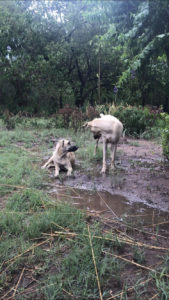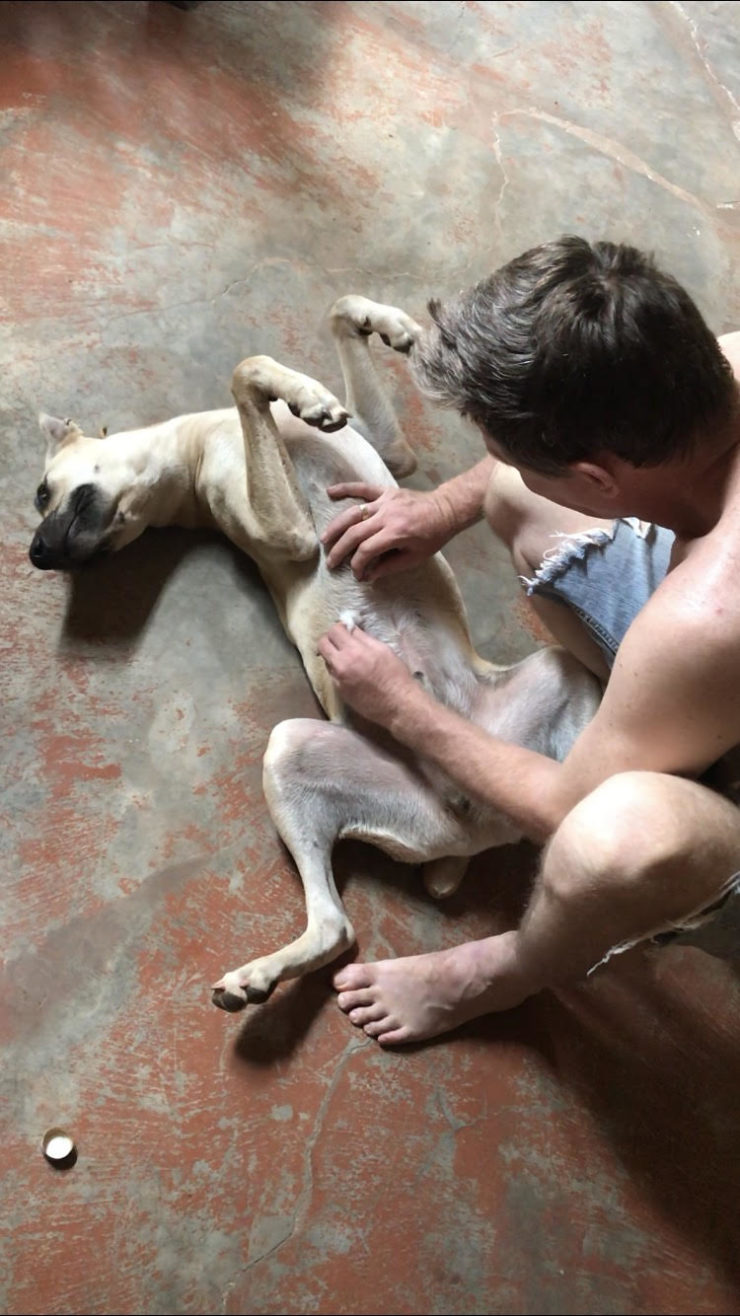Its rainy season here in Zambia at the moment and all kind of creatures are waking up out there in the bush and starts to move around.
.
One of them are the PUTZI FLY also called MANGO FLY!
Our dogs Chelsea and Akilah is the most active ones at the farm. They are running around everywhere, playing in soil and mud and sometimes dissapear into the bush for a while doing their thing as farm dogs. The other day we found big lumbs on both of them.
It was just to start to squeeze and wait to eat dinner for a while…. : /
.
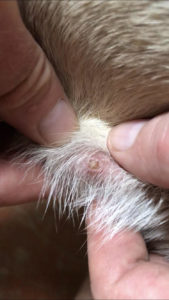
.
VIDEO
See how we had to squeeze out the maggots from Akilahs skin this day. Unfortunately the signal here today is shit and i couldnt upload any video on the blog. When that happens i will put them on my open instagram account for you to watch and follow.
.
CHECK OUT my INSTAGRAM account:
@josefine_sidnor
.
.
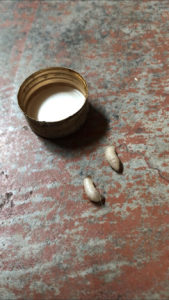
.
READ MORE…
(This information is borrowed from Wikipedia)
.
“Cordylobia anthropophaga, the mango fly, tumbu fly, tumba fly, putzi fly, or skin maggot fly, is a species of blow-fly common in East and Central Africa. It is a parasite of large mammals (including humans) during its larval stage.[1] C. anthropophaga has been endemic in the subtropics of Africa for more than 135 years and is a common cause of myiasis in humans in the region.[2]
Its specific epithet anthropophaga derives from the Greek word anthropophagos, “human eater”.
The mode of infection by the Cayor Worm. Doctors Rodhain and Bequaert conclude, from their observations in the Congo Free State, that Cordylobia anthropophaga (Grunberg) lays its eggs on the ground. The larvae, known generally as Cayor Worms, crawl over the soil until they come in contact with a mammal, penetrate the skin and lie in the subcutaneous tissue, causing the formation of tumors. On reaching full growth, the larvae leave the host, fall to the ground, bury themselves and then pupate. This fly is said to be the most common cause of human or animal myiasis in tropical Africa, from Senegal to Natal. In the region of Lower Katanga where these investigations were made, dogs appeared to be the principal hosts, although Cordylobia larvae were found also in guinea-pigs, a monkey, and two humans. The larvae are always localized on those parts of the hosts which come in immediate contact with the soil.”
- — Ann. Soc. Entom. de Belgique, Iv, pp. 192–197, 1911) summary translation in Entomological News. 1911 Vol. “
.
(These three pictures below are borrowed from internet)
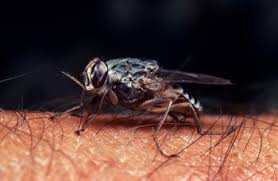
.
This is how it can look like in the human skin after squeezing out the maggot from inside.
.
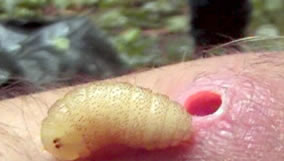
.
The four stages of the Putzi fly/maggot.
.
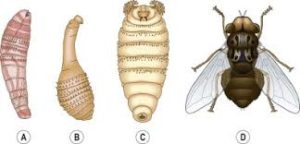
.
Soooo…do i walk around being afraid of getting these horrible things crawling into my skin? NO i dont. I think its way to much dangerous to take the car for a drive on the main road going to town buying groceries actually. And thats something i just have to do.
Normaly you squeeze them out, hope for no more inside and keeping the wound (hole) clean during the healing process and thats it.
